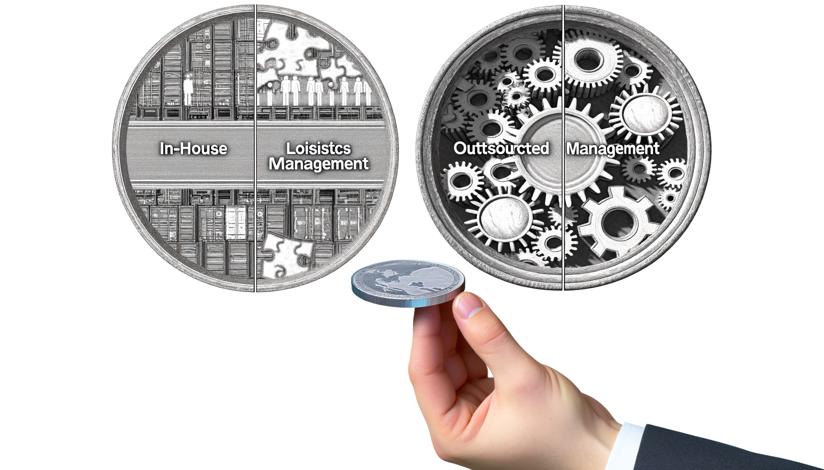

Cost-benefit analysis is a quantitative approach that compares the costs of an investment against the expected benefits. It involves identifying and quantifying the costs and benefits associated with the investment and calculating the net present value (NPV), internal rate of return (IRR), and payback period. By comparing the costs and benefits, businesses can determine whether an investment is financially viable.
On the other hand, long-term value evaluation takes into account the strategic and qualitative aspects of an investment. It looks beyond the immediate financial gains and considers the long-term impact on the business. Long-term value evaluation involves assessing factors such as improved customer satisfaction, increased market share, enhanced brand reputation, and future-proofing strategies. This approach helps businesses make informed decisions based on the overall value the investment brings.
While cost-benefit analysis provides a clear financial picture of the investment, it may not capture the intangible benefits and long-term value. For example, investing in advanced technology may have a high upfront cost but can lead to significant efficiency gains and competitive advantage in the long run. Long-term value evaluation allows businesses to assess these intangible benefits and make strategic investments that align with their long-term goals.
To evaluate ROI effectively in transportation and logistics investments, businesses can blend cost-benefit analysis with long-term value evaluation. This hybrid approach combines the financial analysis of cost-benefit analysis with the strategic assessment of long-term value. By considering both financial and qualitative factors, businesses can ensure a comprehensive evaluation of the investment's potential.
Financial forecasting models, such as ROI calculators, can aid in this evaluation process. These models use historical data, market trends, and other variables to project the financial outcomes of an investment over time. By inputting the relevant data, businesses can generate accurate forecasts of the investment's financial performance.
In conclusion, evaluating ROI in transportation and logistics investments requires a balanced approach that considers both financial and qualitative factors. While cost-benefit analysis provides a clear financial picture, long-term value evaluation assesses the strategic and intangible benefits. Businesses can utilize financial forecasting models and future-proofing strategies to make informed investment decisions. By combining these evaluation methods, businesses can maximize the benefits of their transportation and logistics investments.

Provides a clear financial picture of the investment
Assesses long-term value and strategic benefits
Enables informed investment decisions

May not capture intangible benefits
Requires consideration of qualitative factors
Relies on accurate forecasting and data inputs



















-
https://www.investopedia.com/terms/c/costbenefitanalysis.asp
-
https://www.forbes.com/sites/christopherskroupa/2021/01/28/how-to-calculate-the-value-of-your-logistics-investment/





































